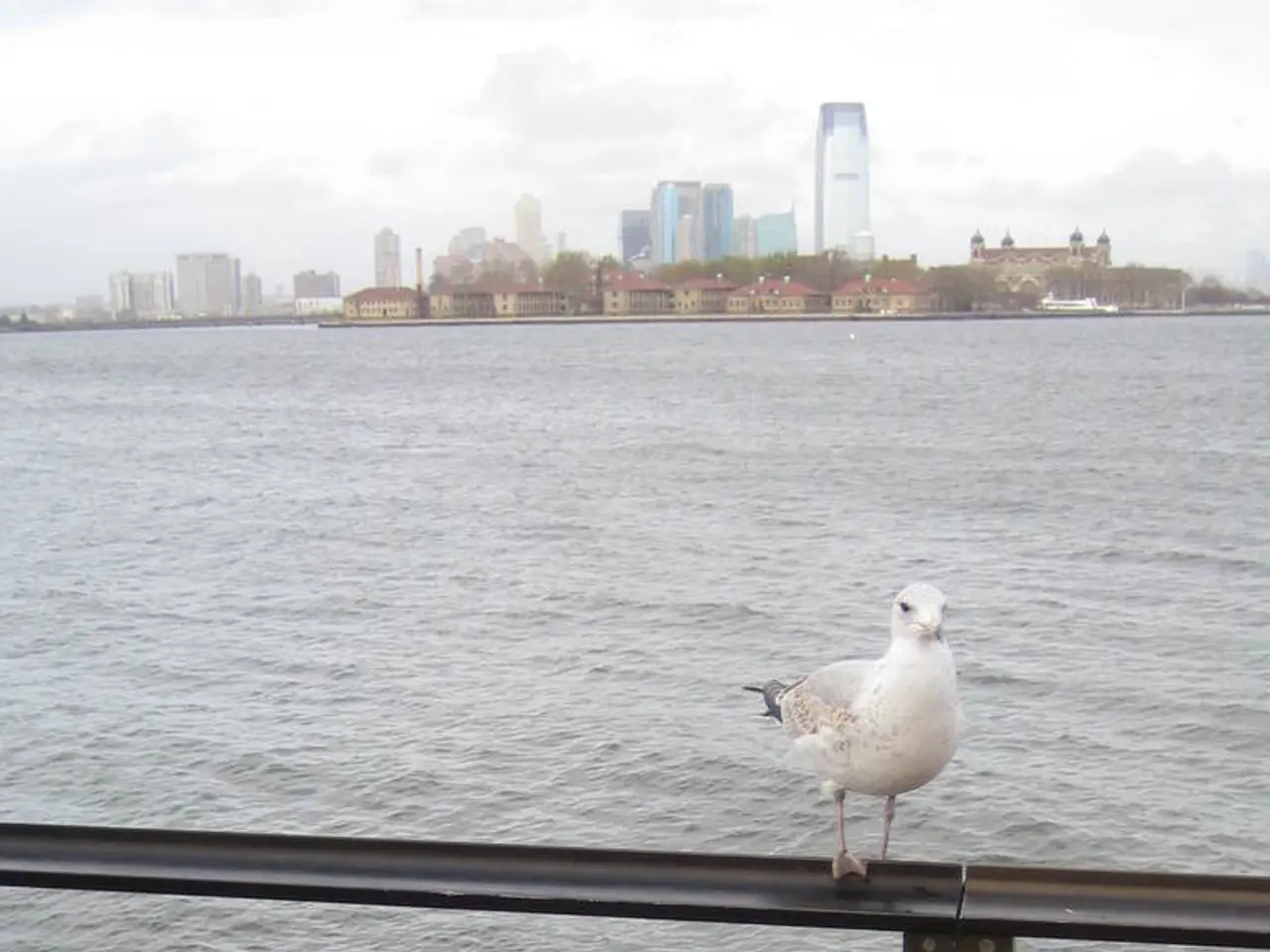Uncovered: Potential Legal Infractions in Hedge Management
In the realm of garden maintenance, hedges play a significant role, and it's essential to understand the regulations and responsibilities surrounding them. Here's a comprehensive guide to help you navigate the intricacies of hedge management.
Firstly, if a boundary hedge does not belong to you, you are legally allowed to trim any part that overhangs into your garden, but not anything on the other side of the boundary. However, it's always courteous to inform your neighbour before trimming a boundary hedge.
When it comes to the height of your evergreen hedge, there is no legally fixed height at which it must be maintained. However, hedges must not obstruct entrances, pathways, or sight lines for safety reasons. Overgrown hedges causing obstruction can be subject to enforcement by local authorities.
Regarding ownership and management, it's important to note that since June 1997, it is illegal to remove most countryside hedgerows without notifying the Local Planning Authority. Any removal requires a Hedgerow Removal Notice, and the authority has six weeks to decide whether the hedge should be retained based on its importance. Unauthorized removal is a criminal offence potentially leading to fines. Routine hedge maintenance like coppicing, layering, or removal of dead/diseased parts is considered normal management and does not require permission.
The protection of nesting birds is another crucial aspect of hedge maintenance. Legally, it is forbidden to cut or trim hedgerows or hedgerow trees from 1 March to 31 August to protect nesting birds. During this period, a buffer zone for the birds must also be maintained, respecting wildlife laws designed to prevent disturbance or harm to nesting birds.
Additional context suggests that hedge trimming outside the bird nesting season is recommended when needed, often twice per year for formal hedges (spring/early summer and September). Informal hedges need less frequent cutting, commonly in July or August. Hedgerow management contributing to biodiversity may be part of environmental schemes requiring maintenance of hedgerow trees and habitat consideration.
It's essential to remember that don't throw hedge trimmings over into your neighbour's garden, as this may be considered fly-tipping. If a boundary hedge needs trimming on your side, you can cut it but should offer the trimmings back to your neighbour as they are technically their property.
Your or your neighbour's title register may provide information about who owns (or is responsible for) boundary features such as fences, walls, or hedges. If you find an active nest, it will be active only for a few weeks. Check back once a week to see if it's still in use, and start trimming only after the chicks have fledged.
Lastly, the most common marking indicating who owns a boundary feature is a 'T' mark. It's best to avoid trimming hedges during bird nesting season, typically from March to September, to ensure compliance with wildlife protection laws.
This guide aims to provide a clear and concise understanding of the regulations and responsibilities surrounding hedge maintenance. By adhering to these guidelines, you can maintain a well-kept garden while respecting the laws and the environment.
- Incorporating home-and-garden elements, one might find gardening tasks such as maintaining hedges essential for a desirable lifestyle.
- To tend to one's home-and-garden, ensuring the proper height of evergreen hedges is crucial, with no legal restriction on height, yet they should not obstruct key areas for safety reasons.




